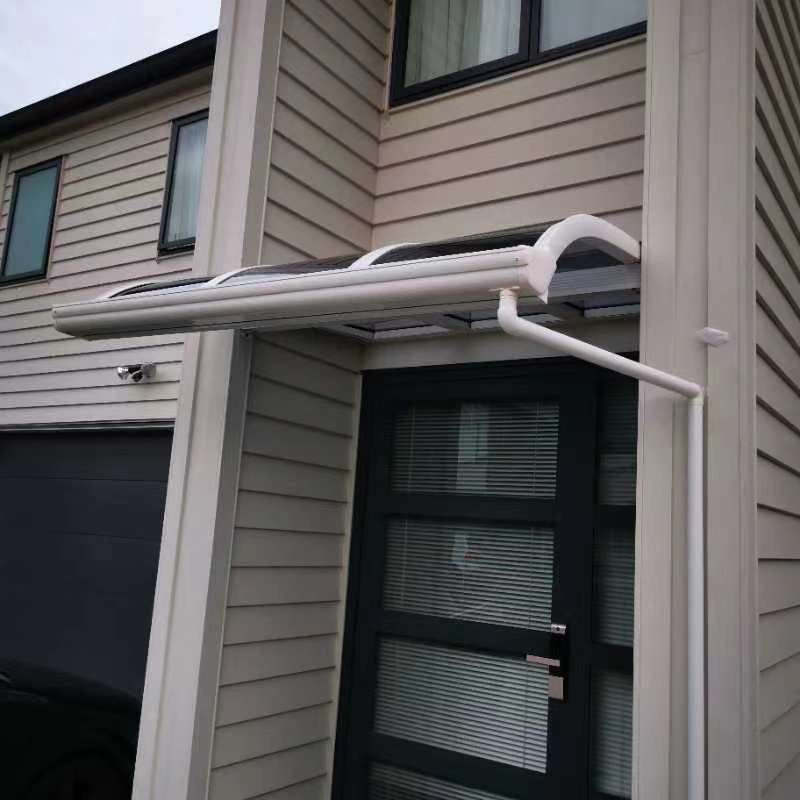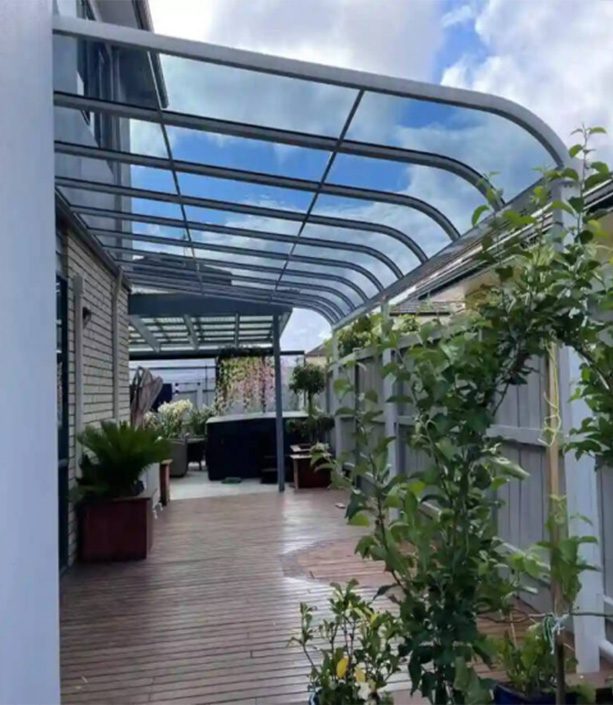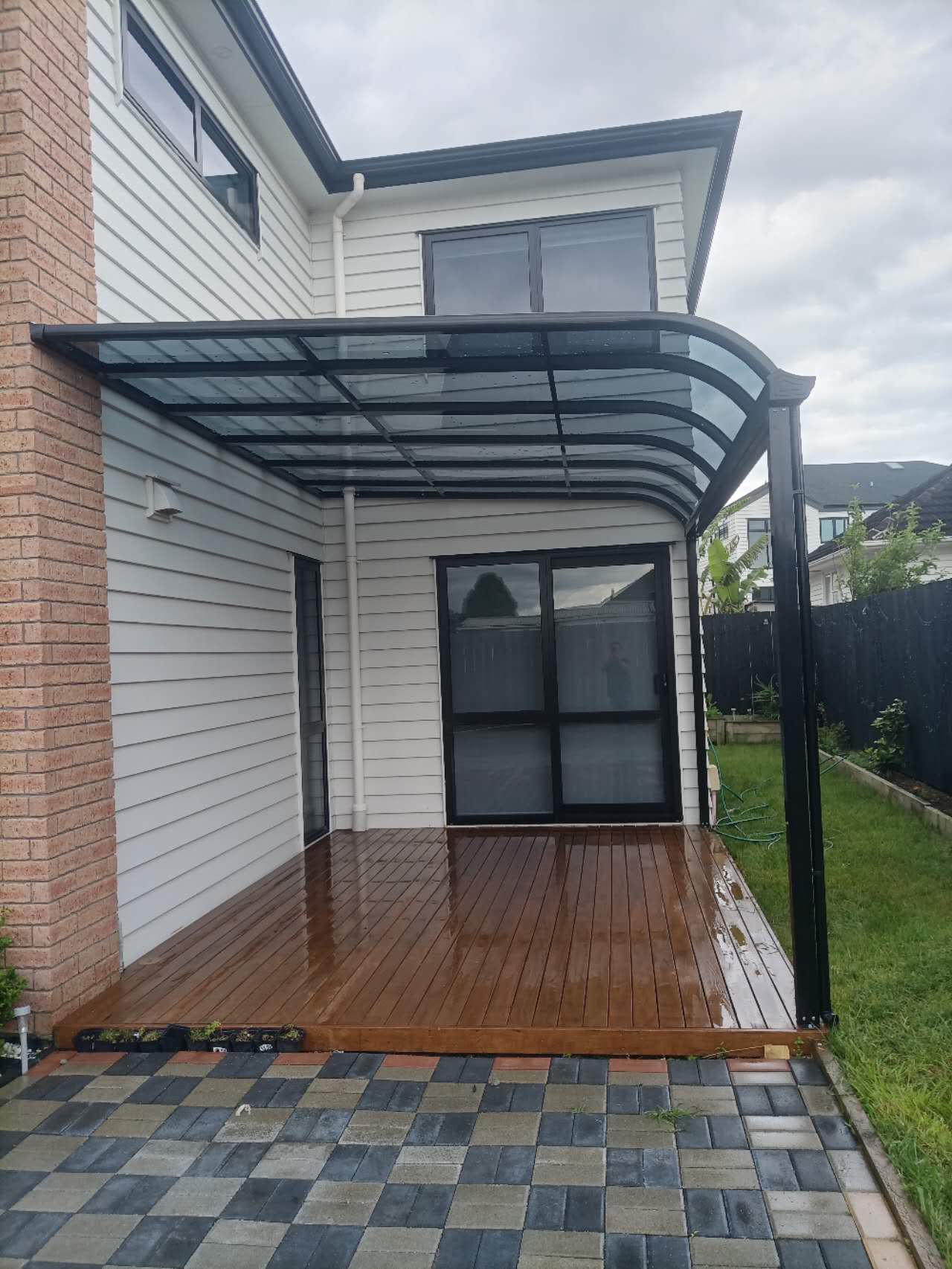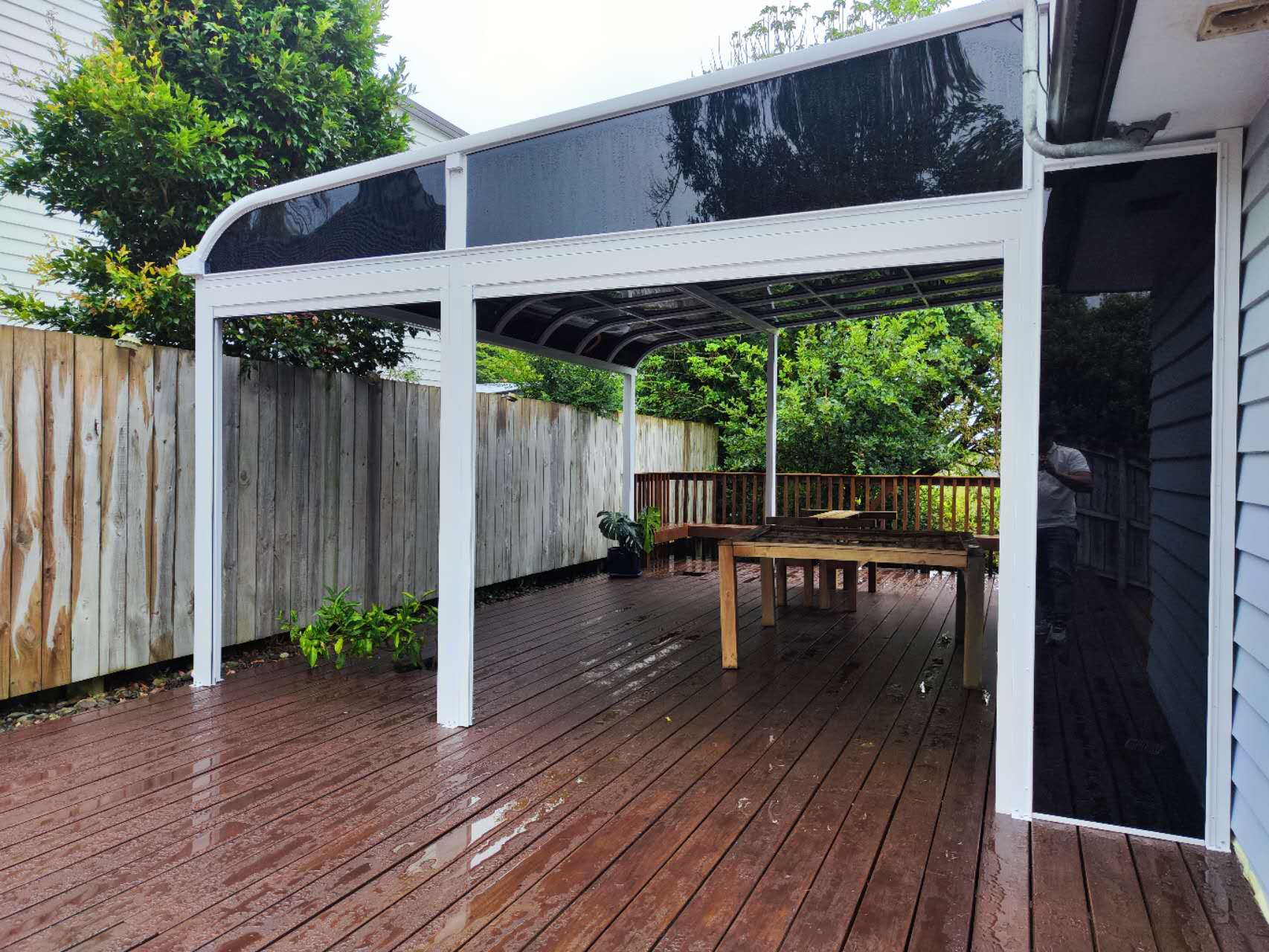Description
Arched Pergola: A Stylish & Practical Outdoor Shade Solution
Enhance your outdoor space with a custom-designed arched pergola. Whether you’re creating a shaded patio area, a covered walkway, or a decorative entrance, our curved pergola designs offer both beauty and function. Crafted from durable materials like aluminium and polycarbonate, these structures provide reliable shelter from the elements while adding visual appeal to your property.
Why Choose a Curved Pergola?
An arched or curved pergola is more than just a shade cover. It adds architectural interest to your outdoor area and creates a more open, elegant look compared to flat-roof options. These aluminium pergolas are perfect for:
-
Patios and pergola gazebos – offering comfort and style in your backyard.
-
Entrances and pathways – creating a welcoming, covered transition.
-
Carports and parking areas – protecting vehicles from sun and rain.
-
Retail or commercial areas – enhancing kerb appeal with a functional design.
Designed to Suit New Zealand Conditions
Our outdoor pergola systems are engineered to perform in New Zealand’s variable climate. Using weather-resistant aluminium frames and UV-protective polycarbonate roofing, we ensure long-lasting performance with minimal maintenance.
We’re proud to provide pergola Auckland homeowners and business owners trust for strength, longevity, and aesthetic value.
Flexible Design & Custom Options
Each custom pergola is tailored to fit your space and style. Our team works closely with you to determine the right:
-
Size and height for your needs
-
Shape – from gentle curves to more dramatic arches
-
Roofing material – including transparent, tinted or coloured polycarbonate sheets
-
Frame finish – available in various colours to match your home or building façade
No two outdoor spaces are the same, so we design with flexibility in mind.
Get a Quote for Your Pergola Today
Looking to build a pergola attached to your house or standalone in your garden? At Homelovers, we offer expert design advice, high-quality materials, and professional installation. Our arched pergolas combine timeless style with modern performance—perfect for Kiwi homes and businesses.
Contact us today for a free quote and discover how a custom arched pergola can redefine your outdoor living experience.











